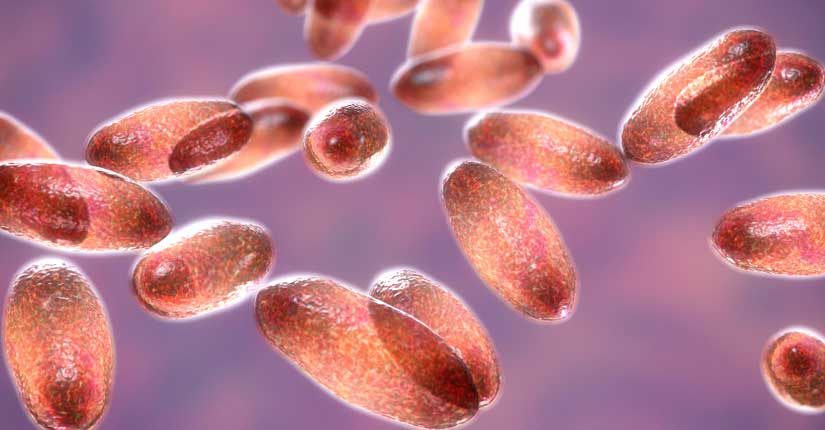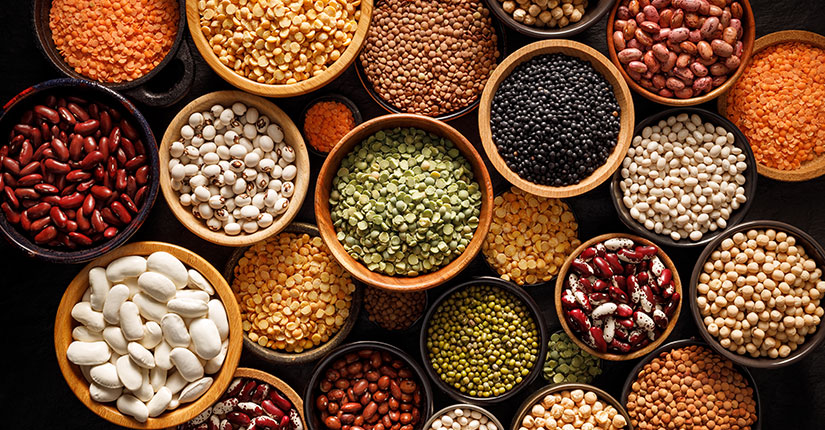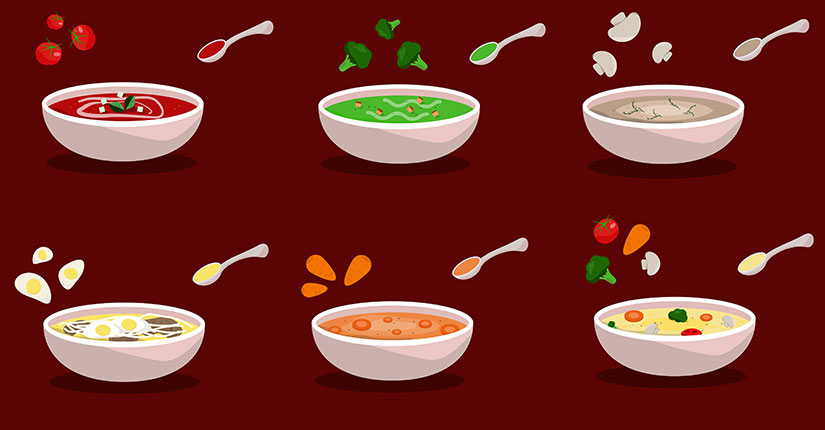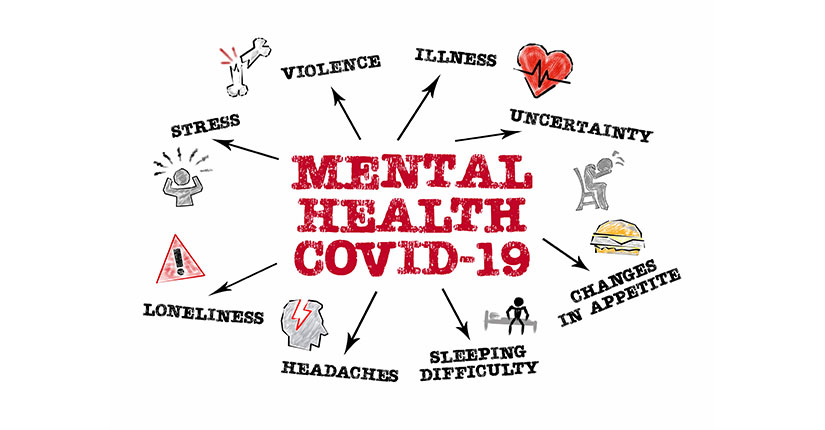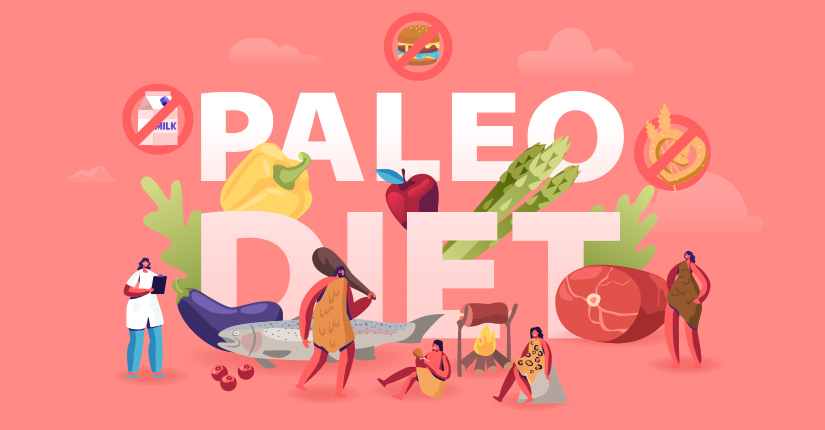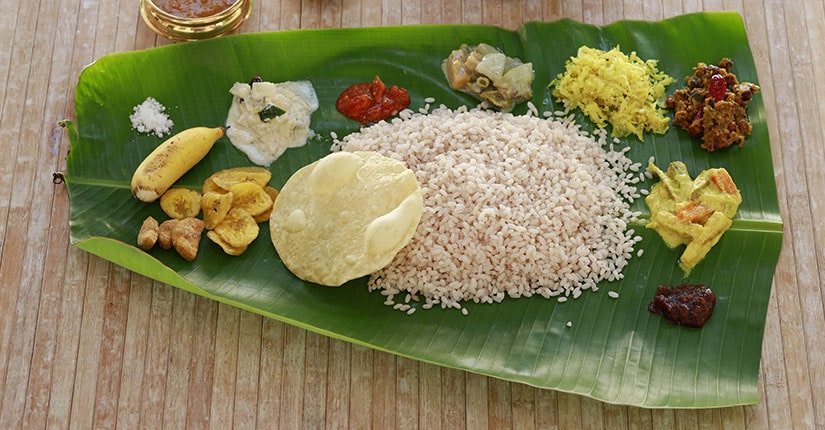WHO Tweeted That Rice, Sugar & Meats of Various Types Are Most Incentivized Food Items Worldwide
By Nmami Agarwal 14-Jul 2022 Reading Time: 3 Mins

Global hunger numbers rose to as many as 828 million in 2021. The latest State of Food Security and Nutrition report shows the world is moving backward in efforts to eliminate hunger and malnutrition. The number of people affected by hunger globally rose to as many as 828 million in 2021, an increase of about 46 million since 2020 and 150 million since the outbreak of the COVID-19 pandemic, according to a United Nations report that provides fresh evidence that the world is moving further away from its goal of ending hunger, food insecurity and malnutrition in all its forms by 2030.
Some Facts:
- As many as 828 million people were affected by hunger in 2021 – 46 million people more from a year earlier and 150 million more from 2019.
- After remaining relatively unchanged since 2015, the proportion of people affected by hunger jumped in 2020 and continued to rise in 2021, to 9.8% of the world population. This compares with 8% in 2019 and 9.3% in 2020.
- Around 2.3 billion people in the world (29.3%) were moderately or severely food insecure in 2021 – 350 million more compared to before the outbreak of the COVID‑19 pandemic. Nearly 924 million people (11.7% of the global population) faced food insecurity at severe levels, an increase of 207 million in two years.
- The gender gap in food insecurity continued to rise in 2021 – 31.9% of women in the world were moderately or severely food insecure, compared to 27.6% of men – a gap of more than 4 percentage points, compared with 3 percentage points in 2020.
- An estimated 45 million children under the age of five were suffering from wasting, the deadliest form of malnutrition, which increases children’s risk of death by up to 12 times.
However, not only is much of the support market-distorting, but it is not reaching many farmers, hurts the environment, and does not promote the production of nutritious foods that make up a healthy diet. That’s in part because subsidies often target the production of staple foods, dairy and other animal source foods, especially in high- and upper-middle-income countries. Rice, sugar, and meats of various types are the most incentivized food items worldwide, while fruits and vegetables are relatively less supported, particularly in some low-income countries.
Over To You:
Rice, sugar & meats of various types are the most incentivized food items worldwide, while fruits & vegetables are relatively less supported, but they have their own importance and hence must be included in the diet.


